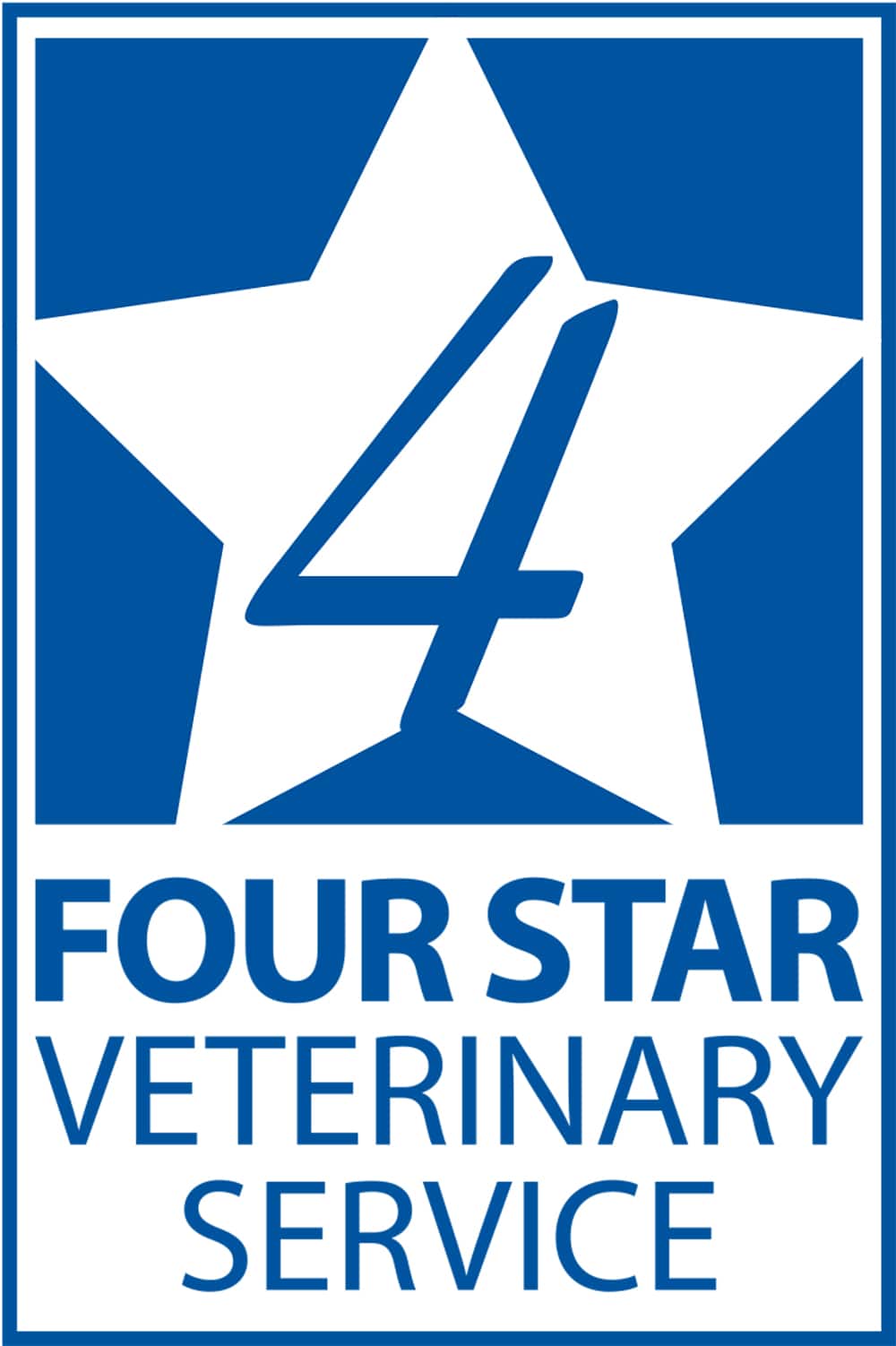Cattle suffering from heat stress will go off feed and, in some cases, become more susceptible to respiratory disease. A few tactics can reduce the effects of hot weather.
Plan now to better manage pastures for healthy cow-calf herd
Hog manure helps sustain profitable cow-calf herds when pasture grazing is well managed. But pork producers often lack the knowledge to manage pastures for calf production.
